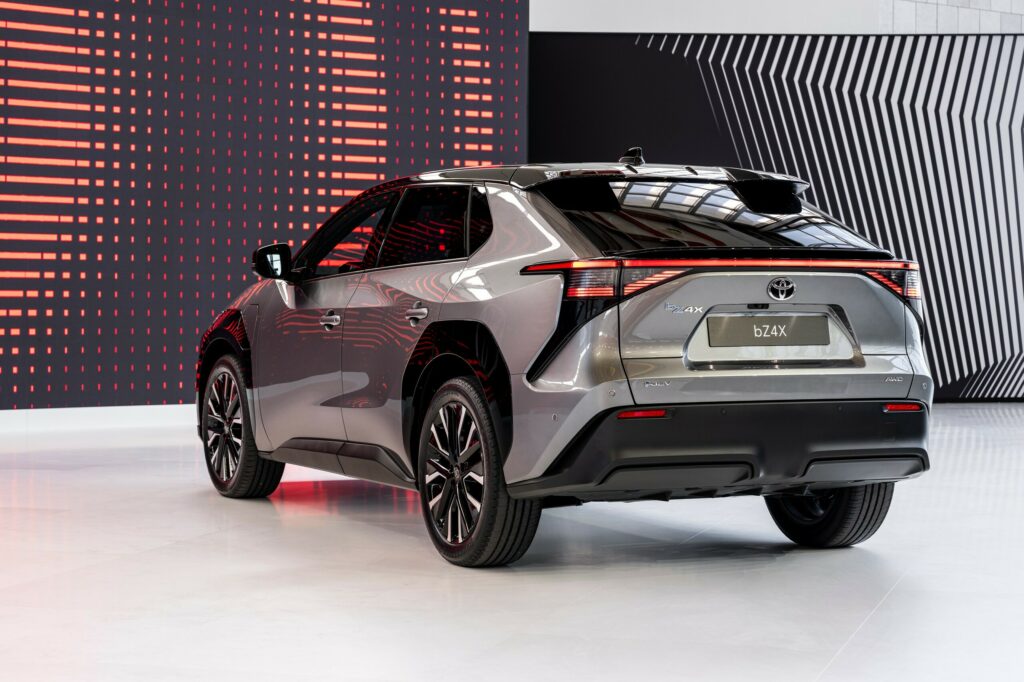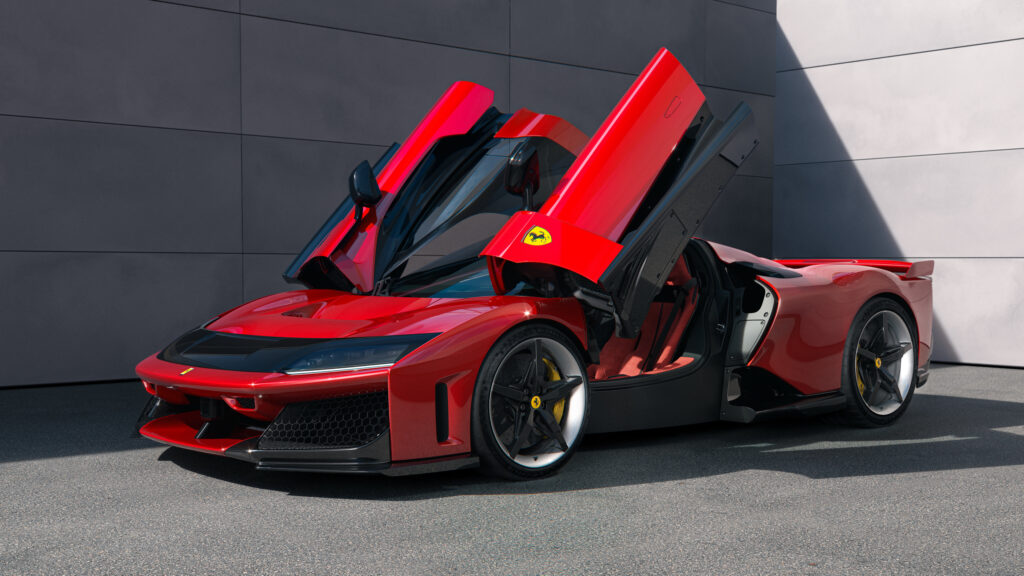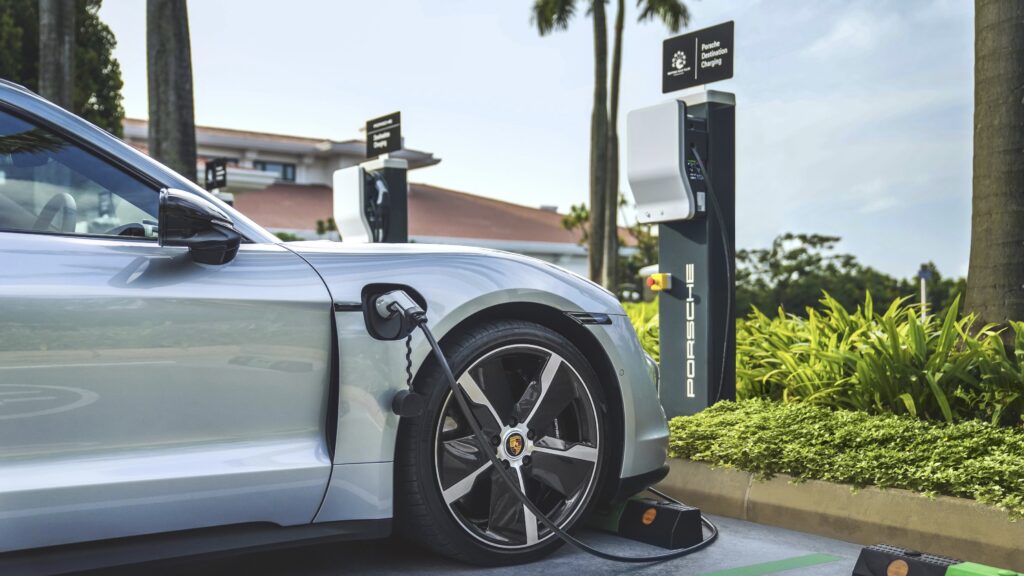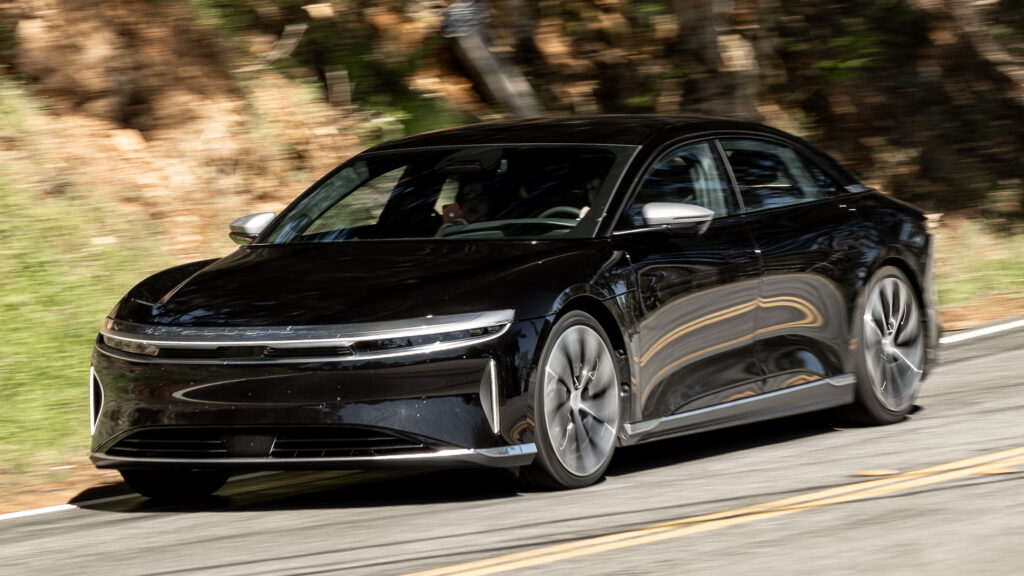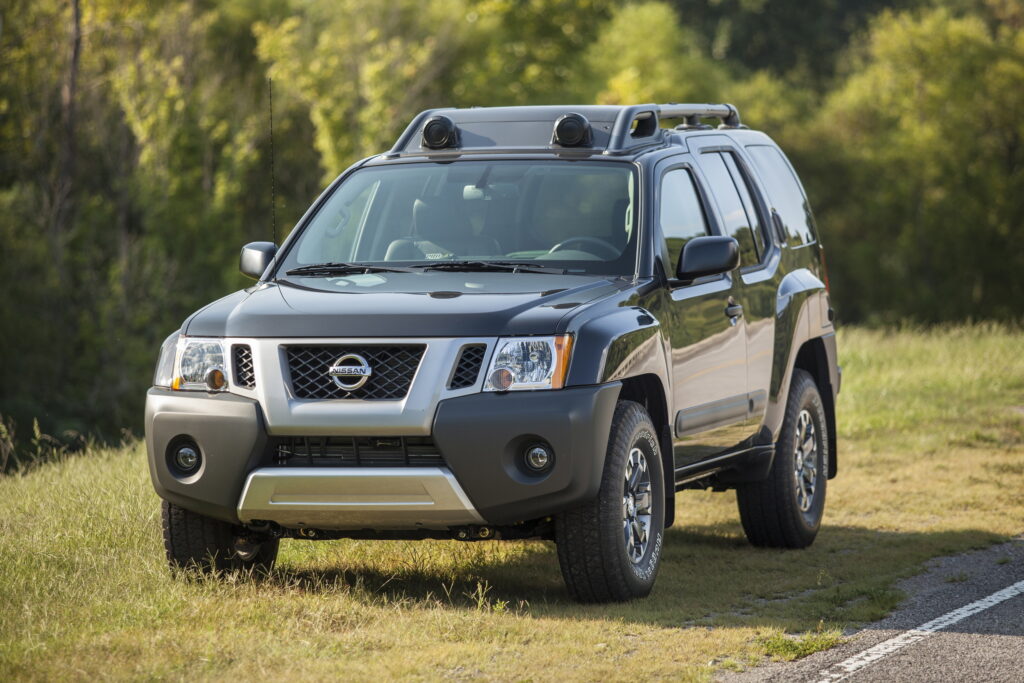A Few Scratches Were Enough To Tank This $121K Lucid’s Value
- The $121,000 Lucid Gravity failed to meet its reserve during a recent auction.
- Visible scratches and possible keying raised questions about its condition.
- The seller also claimed to be listing it for a friend without a title in hand.
The Lucid Gravity is one of the most luxurious and fastest electric SUVs to hit the market, but despite all it has going for it, one low-mileage example recently failed to sell at auction, as bidders were unwilling to meet the seller’s reserve. It seems that both the vehicle’s condition and the seller’s handling of inquiries turned off potential buyers.
This particular Gravity is a Touring model finished in Abyss Black, equipped with the Dynamic Handling Package, the Surreal Sound Pro audio system, and Lucid’s DreamDrive 2 driver assistance suite.
A look at the window sticker shows it had an MSRP of $121,050, and as it had only been driven 1,700 miles (2,735 km) at the time of the auction, it could have been expected to fetch bids of over $100,000, but that wasn’t the case.
Read: Uber And Lucid Partner For Thousands Of Robotaxis
After a week on the platform, bidding for the SUV topped out at $87,287. For the most part, the exterior looks to be in good condition, but there is a deep, three-inch gash on the tailgate, an eight-inch scratch on the passenger side rear door, and a three-inch scratch on one of the quarter panels.
There’s no word on what caused this kind of damage, but it appears as though it’s been intentionally keyed, and the panels will need to be resprayed, which could be a costly endeavor for any new buyer.
Cars & Bids
According to the seller, he listed the Gravity on behalf of his friend who owned it for two weeks but decided he preferred his old Tesla Model X.
However, some people in the comments section questioned whether this was true or not and suggested the seller was simply trying to flip the SUV.
Paperwork Problems
The seller also mentioned that the title for the vehicle had not yet arrived and could take up to two weeks to process. For any buyer, that delay would complicate the handover and slow the completion of the sale.
Inevitably further impacting the sale of this Gravity is that it’s possible to order a Grand Touring model directly from Lucid with immediate delivery for just over $100,000.

